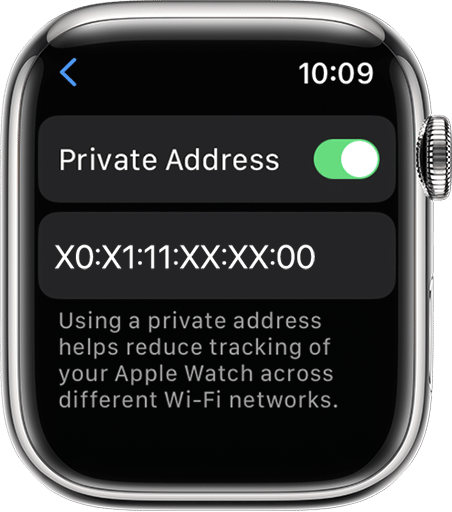Private Wi-Fi Address in Apple Devices: Safeguarding User Privacy. Apple’s iPhone and Apple Watch feature the ‘Private Wi-Fi Address’ option, aimed at protecting user privacy by masking the device’s MAC address during Wi-Fi connections. This article delves into the intricacies and benefits of this feature, underscoring Apple’s commitment to user privacy in an increasingly connected world.
Extending AirPods Battery Life: A Comprehensive Guide
When you connect to a Wi-Fi network, your device is identified uniquely through a MAC (Media Access Control) address, a digital fingerprint assigned by the manufacturer. This address is essential for network connection but also poses a privacy risk. It can potentially allow network operators or snoopers to track your device’s network activities or even profile your online behavior.
Recognizing this privacy concern, Apple introduced the “Private Wi-Fi Address” feature in iOS 14, iPadOS 14, and watchOS 7. This function masks your device’s actual MAC address with a randomly generated address for each network you connect to. This randomized address makes it more challenging to track or profile a device based on its network activity, significantly bolstering user privacy.

Starting from iOS 15, iPadOS 15, and watchOS 8, Apple further enhanced this feature. Now, if a device does not connect to a network for six weeks, it automatically adopts a new private address when it reconnects, further reducing the likelihood of tracking.
While this feature is a significant step towards ensuring user privacy, there might be scenarios where you need to disable it. For example, some networks use MAC addresses for device identification and might not function correctly with a randomized address. To turn off this feature, users can easily navigate to the Wi-Fi settings on their iPhone or Apple Watch, select the network, and toggle the “Private Wi-Fi Address” option.
On the Apple Watch, the process is just as straightforward. Users can access the Wi-Fi settings directly on their watch, choose the connected network, and enable or disable the “Private Wi-Fi Address” as needed.
This feature reflects Apple’s ongoing efforts to prioritize user privacy in its ecosystem. By automatically randomizing MAC addresses, Apple devices ensure a higher level of privacy and security, addressing the growing concerns around digital tracking and profiling. It is a feature that, while simple in its operation, represents a significant stride in safeguarding user privacy in an ever-connected digital world.

